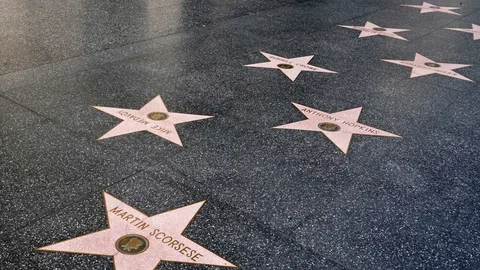In the early 20th century, the idea of a “celebrity” was tied closely to Hollywood’s Golden Age — a time when movie stars like Marilyn Monroe, Cary Grant, and Elizabeth Taylor were elevated to almost mythological status. These were people with carefully curated public images, constructed by studios that controlled every detail of their appearances, relationships, and even personalities. The audience saw only what the studio allowed them to see, creating a mystique that made stars feel untouchable and larger than life.
Advertisement
As the entertainment industry evolved, so too did the way the public consumed fame. With the advent of television in the mid-20th century, audiences began to feel a deeper connection to celebrities. TV brought these stars into people’s living rooms, offering glimpses into their lives beyond the silver screen. Shows like “The Ed Sullivan Show” or “The Tonight Show” gave actors, musicians, and comedians a chance to connect with the public more directly, but still within the boundaries of polished public relations.
By the 1990s, celebrity culture had begun to shift significantly. The emergence of cable TV, music videos on MTV, and blockbuster film franchises created a new kind of superstardom. This era gave us stars like Michael Jackson, Madonna, and Tom Cruise — performers who weren’t just actors or musicians, but global brands. Publicists became even more essential in managing these stars’ images, while tabloid magazines and paparazzi added pressure and scrutiny to their lives. Scandals were no longer hidden behind studio walls; they were front-page news.

